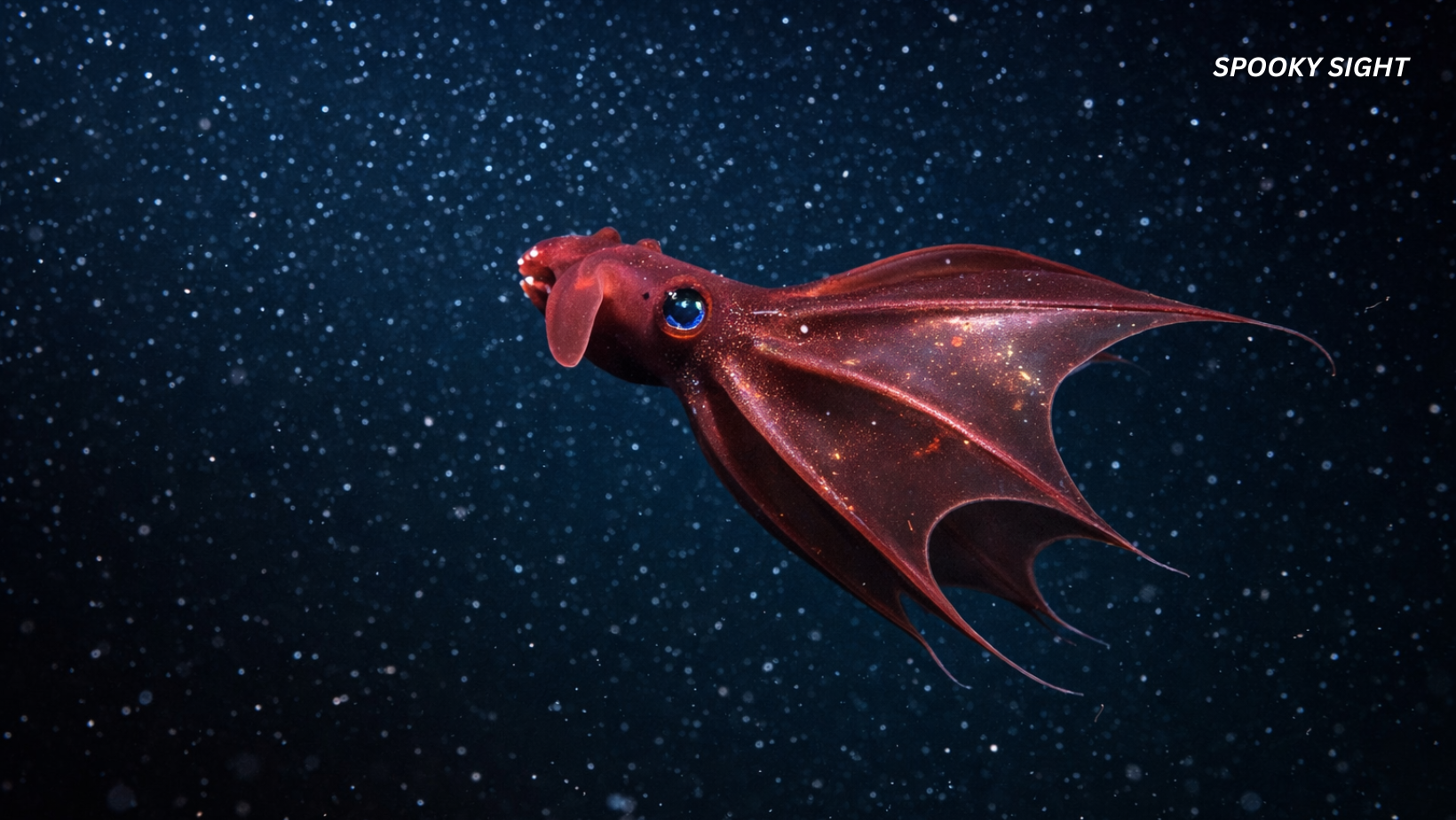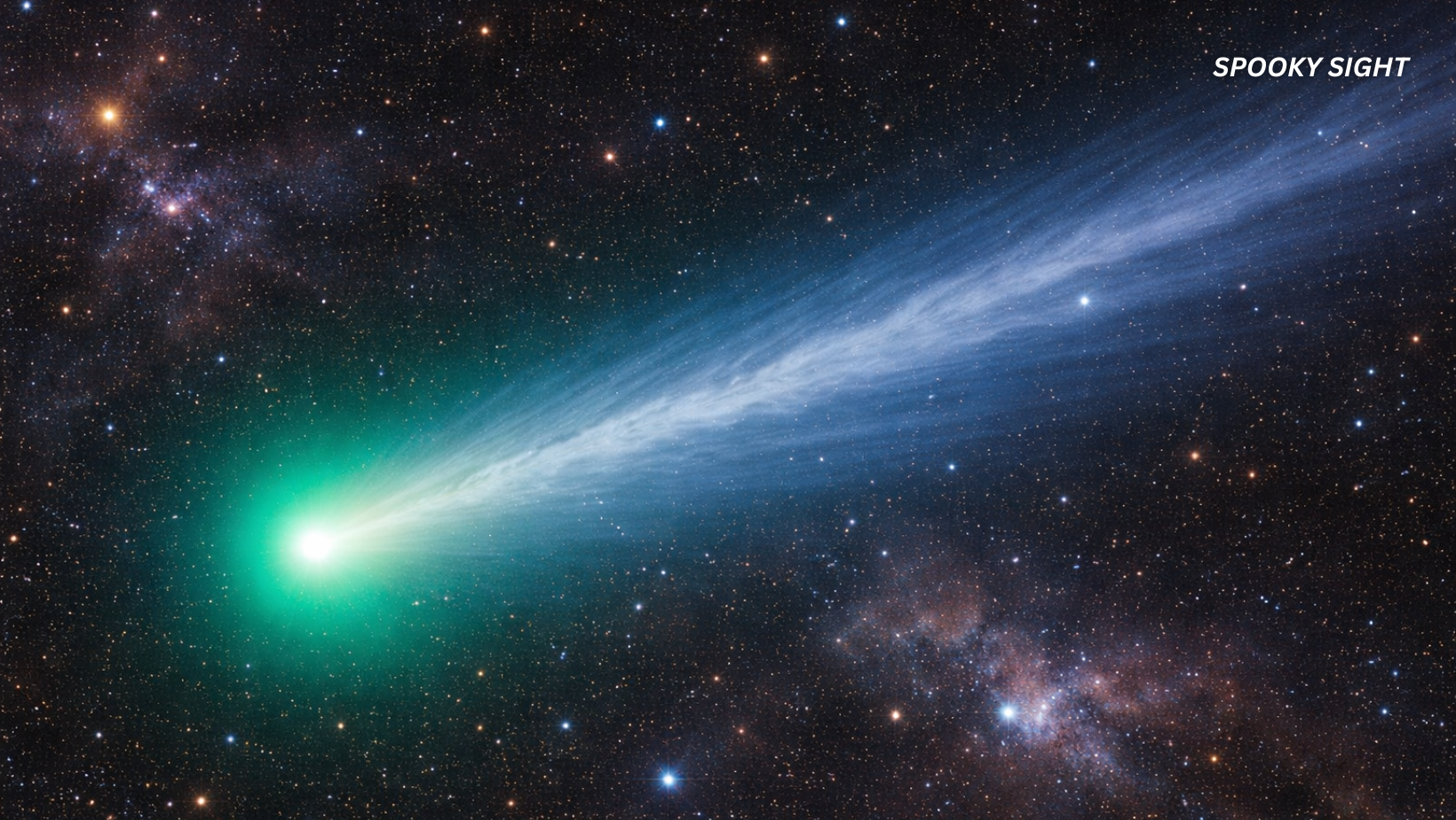The enigmatic nature of black holes has long fascinated scientists and the public alike. At the heart of these cosmic phenomena lies a puzzle that has resisted resolution for over a century: the singularity, a point where the known laws of physics appear to collapse. Recent collaborative research spearheaded by Stefano Liberati and colleagues at the Institute for Fundamental Physics of the Universe (IFPU) is shedding new light on this mystery, proposing fresh models that challenge classical assumptions and open new pathways toward understanding the universe’s most extreme objects.
The Historical and Scientific Context
The journey begins in 1915, when Albert Einstein introduced his general theory of relativity, a revolutionary framework describing gravity as the curvature of spacetime. A year later, Karl Schwarzschild found an exact solution to Einstein’s equations, predicting the existence of ultra-dense objects—black holes—from which nothing, not even light, can escape. These solutions implied the presence of an event horizon, the boundary beyond which escape is impossible, and a singularity at the core, where density and gravitational forces become infinite.
This singularity, however, poses a profound theoretical conundrum. By the 1960s, it became clear that the infinite curvature at the singularity signals a breakdown of general relativity itself, indicating that the theory cannot fully describe such extreme conditions. Physicists have long regarded the singularity as a signpost of incomplete knowledge—a “white flag” acknowledging that our understanding of gravity and spacetime is insufficient in these realms.
The Challenge of the Singularity and Its Scientific Implications
Despite the theoretical challenges posed by singularities, the existence of black holes has been robustly supported by observational data since the 1970s. The detection of gravitational waves from black hole mergers in 2015 and the Event Horizon Telescope’s images of black holes in 2019 and 2022 stand as monumental achievements, earning Nobel Prizes and transforming astrophysics. Yet, these observations illuminate only the outer regions of black holes, leaving the internal structure—and the singularity itself—hidden behind the veil of the event horizon.
This observational limitation leaves a critical gap: the physics at the very core of black holes remains unknowable with current methods. Liberati refers to this as the “leones” territory, invoking the ancient cartographers’ warning of unexplored dangers. For science, this is an unsatisfactory state, motivating the search for new paradigms that can reconcile the breakdown of classical physics at singularities.
Read more: Intelligence on Earth Has Evolved Independently at Least Twice: Scientists
Toward a New Paradigm: Healing the Singularity with Quantum Effects
The quest to resolve the singularity problem has led researchers to explore the interplay between gravity and quantum mechanics. Quantum theories of gravity suggest that quantum effects become significant in the extreme environments inside black holes, potentially “healing” the singularity by preventing the infinite curvature predicted by classical theory.
Liberati and his collaborators have been at the forefront of developing models that eliminate the singularity altogether. Their recent paper, born from a rich collaborative process at an IFPU workshop, synthesizes diverse perspectives from theorists and phenomenologists across career stages. This collective dialogue has refined ideas and challenged preconceived notions, resulting in a nuanced exploration of alternative black hole models.
Three Competing Models: Classical, Regular, and Mimickers
The workshop identified three primary frameworks for understanding black holes:
- Classical Black Holes: These conform to Einstein’s general relativity, featuring both a singularity and an event horizon. This has been the traditional model for decades.
- Regular Black Holes: These models remove the singularity but maintain the event horizon. They propose a smooth, finite curvature at the core, avoiding the infinite densities that plague classical solutions.
- Black Hole Mimickers: These exotic objects replicate the external appearance of black holes but lack both a singularity and an event horizon. They are horizonless and may exhibit surfaces or other structures that distinguish them fundamentally from classical black holes.
The paper discusses not only how these objects might form but also the intriguing possibility that they could transform from one type to another under certain conditions, suggesting a dynamic landscape of compact objects more complex than previously imagined.
Observational Prospects: Peering Beyond the Horizon
Though current observations have revolutionized black hole astrophysics, they remain limited to external phenomena. The shadows captured by the Event Horizon Telescope and gravitational waves detected from mergers reveal nothing about the internal structure or the presence of singularities.
However, Liberati highlights a crucial insight: alternative models, especially mimickers, differ subtly but detectably from classical black holes even outside their horizons. This opens the door to indirect observational tests that could reveal the nature of black hole interiors.
For instance, high-resolution imaging might uncover complex photon ring structures around mimickers, deviating from classical predictions. Gravitational wave signals could carry subtle anomalies—ripples in spacetime shaped by non-classical geometries. Furthermore, thermal radiation emitted from the surface of a horizonless mimicker could provide distinctive signatures absent in classical black holes.
Read more: The AI Industry Has a Massive Problem: The Smarter AI Gets, the More It Is Hallucinating
The Technological and Theoretical Road Ahead
Detecting these subtle effects demands cutting-edge instruments and innovative observational strategies. Future upgrades to the Event Horizon Telescope and next-generation gravitational wave detectors will enhance sensitivity and resolution, enabling the search for these faint clues.
On the theoretical front, advances in numerical simulations and quantum gravity models are essential. These will help predict the precise observational signatures of alternative black hole models, guiding experimental efforts. This iterative cycle—where theory informs observation and observations refine theory—has historically driven breakthroughs in physics and promises to do so again in this domain.
Read more: A Wall In A 15th-Century Church Collapsed, Releasing 12 Buried Skeletons Stashed Inside
Bridging Two Pillars of Physics: Toward Quantum Gravity
The implications of this research extend beyond black holes themselves. Resolving the singularity problem is a key step toward unifying general relativity, which governs large-scale cosmic phenomena, with quantum mechanics, the framework for the microscopic world. A consistent quantum theory of gravity would revolutionize our understanding of the universe’s fundamental workings.
Liberati’s vision captures this excitement: “We are entering an era where a vast and unexplored landscape is opening up before us.” The exploration of non-singular black holes is not just about exotic astrophysical objects—it is a gateway to new physics that could reshape the foundations of science.
In summary, the collaborative efforts led by Stefano Liberati and his colleagues represent a bold stride into the unknown territories of black hole physics. By challenging the classical notion of singularities and proposing viable alternatives, they are charting a course toward a deeper, more complete understanding of gravity and spacetime. As observational technologies advance and theoretical models mature, the coming years promise to illuminate these cosmic mysteries, transforming once “lion-guarded” frontiers into well-mapped domains of knowledge.
Featured image: Freepik.









